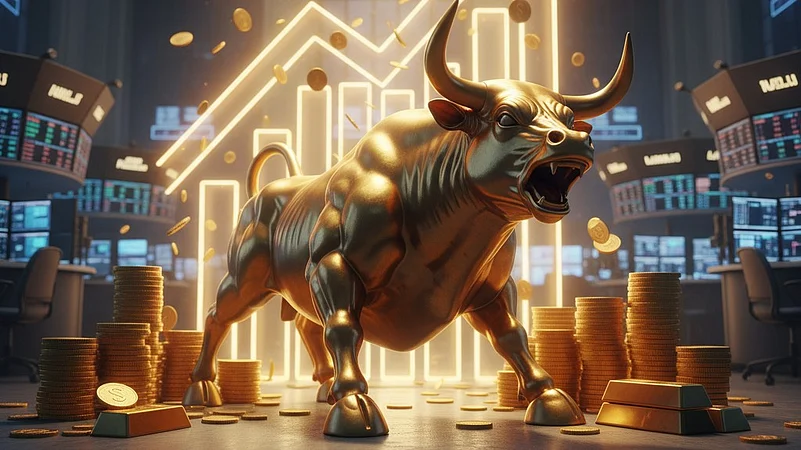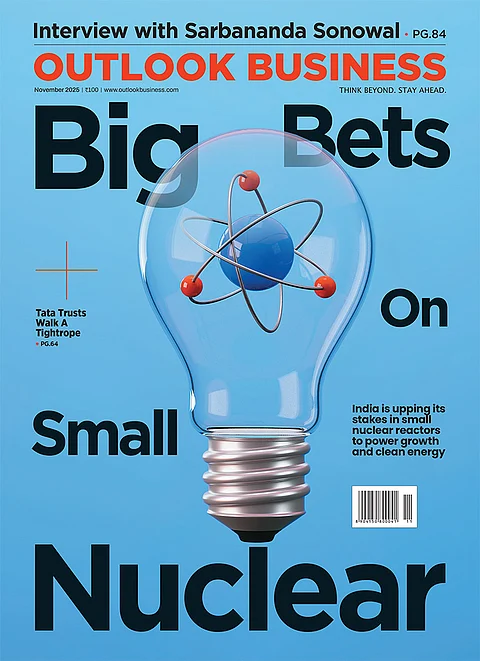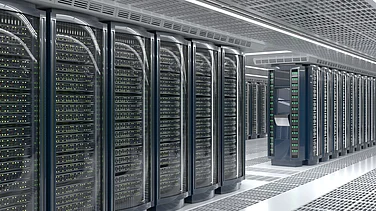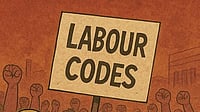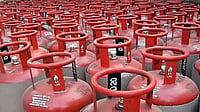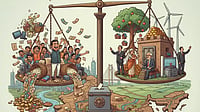
India’s headline CPI inflation fell to an 8-year low of 1.54% in September, driven by steep declines in food and vegetable prices.
Core inflation rose to a 2-year high of 4.5%, largely due to surging gold prices.
Global central banks, including China and India, are steadily increasing gold reserves amid geopolitical and tariff uncertainties.
Despite expectations of rising demand from GST cuts and the festive season, analysts see room for RBI rate cuts to support growth.
India’s headline retail inflation rate fell below 2% in September, the data released by the Ministry of Statistics and Programme Implementation (MoSPI) on Monday showed. The retail inflation, measured by the consumer price index (CPI), fell to an over eight-year low of 1.54% in September.
According to the data, the ease in inflation was driven by a fall in vegetable prices, with the impact of the Goods and Services Tax (GST) yet to reflect. The GST cut came into effect on September 22 and is expected to further ease inflation in the coming months, according to economists.
The vegetable index of the CPI was down 3.2% last month from August, marking the inflation rate at -21.38% year-on-year. September recorded the fourth consecutive month where food inflation remained below zero, with pulses posting a negative inflation rate of -15.32%. Food inflation stood at -2.28% in September, its lowest level since December 2018.
Aditi Nayar, chief economist at ICRA Limited, said in a note, “The CPI inflation eased to a 99-month low of 1.5% in September, pulled down by a sharper than anticipated disinflation in food and beverages to 1.4% (an 81-month low), despite several other categories recording a sequential uptick in year-on-year inflation prints. For instance, inflation for miscellaneous items shot up to 5.35% in September, boosted by the surge in prices of gold and silver.”
While food prices fell in September, core inflation which excludes food and fuel items rose to a two-year high of 4.5%, according to calculations by The Indian Express. Core inflation is seen to have been driven by the recent rally in gold prices. Gold falls under the “miscellaneous” group of the CPI basket and constitutes 1.1% of the weight of the consumption basket.
According to the latest data, gold inflation continued to climb in September, hitting a high of 46.87% compared to 40.35% the month prior. The price of gold has been surging globally and breached the $4,000 per ounce mark. Gold inflation domestically has nearly doubled to 35% this year from over 19% in 2024.
Gold Prices to Continue Its Rally
Gold is the only asset with centuries of history in protecting wealth and safeguarding investors in a rapidly changing and uncertain world. One of the first gold runs in the modern world occurred in the 1980s, driven by economic uncertainty and high inflation. It was later followed by the 2008 financial crisis, which lasted till early 2011, and lastly, the post-pandemic rally. However, analysts highlight that the current rally in gold prices is like “never before.”
Manav Modi, Senior Analyst, Commodity Research at Motilal Oswal Financial Services Limited, said, “The current rally is definitely different from what we have seen in history. The pace with which gold prices are rising is a combination of factors including gold purchases by global central banks, US tariff worries, and geopolitical tensions. All these factors altogether are pushing gold to record highs.”
Global central banks added a net 19 tonnes to their gold reserves in August, according to data released by the World Gold Council. These purchases came despite gold prices reaching multiple lifetime highs. The People’s Bank of China purchased 2 tonnes of gold for the tenth consecutive month, hinting at the central bank’s rising hedge amid ongoing tussles with Washington over tariffs. As of October, the Reserve Bank of India’s gold reserves stood at 880 tonnes, consistently increasing to mitigate currency volatility and global uncertainty.
Inflation to Get Hotter
Analysts expect CPI inflation, including core inflation, to rise as GST cuts are likely to boost domestic demand for goods and services. Moreover, with the festive season ahead, they expect inflation to remain at a comfortable level for the Reserve Bank of India (RBI) to continue its policy shifts and rate cuts.
“Inflation will gradually increase. After the GST cut, consumer demand for durable and non-durable goods will increase rapidly, and due to festive demands and the marriage season, the next one or two quarters will see inflation spike, driven by this demand,” Manoj Jain, Head and Director of Commodities and Currency Research at Prithvi Finmart, said.
However, analysts expect the RBI to cut rates further at its upcoming Monetary Policy Meetings to support economic growth. At the last monetary policy meeting on October 1, the RBI’s rate-setting panel kept the benchmark repo rate unchanged at 5.5% for the second consecutive time, citing tariff uncertainties.
Shivaan Tandon, emerging markets economist at Capital Economics, said in a note, “With inflation unlikely to become a concern anytime soon and growth set to slow amid the drag from punitive US tariffs, the central bank is likely to resume its easing cycle. We're forecasting a further 50 basis points worth of interest rate cuts ahead. That would take the policy rate to 5.0% by early 2026, a more dovish view than the consensus.”






